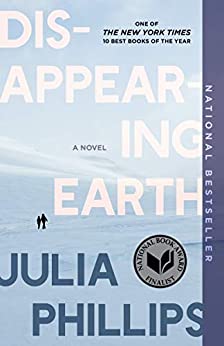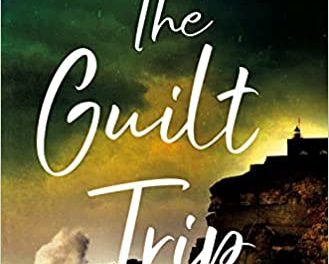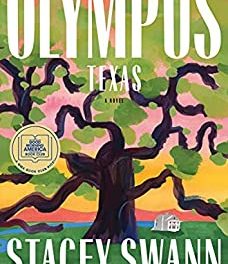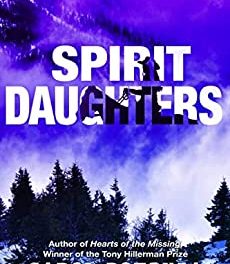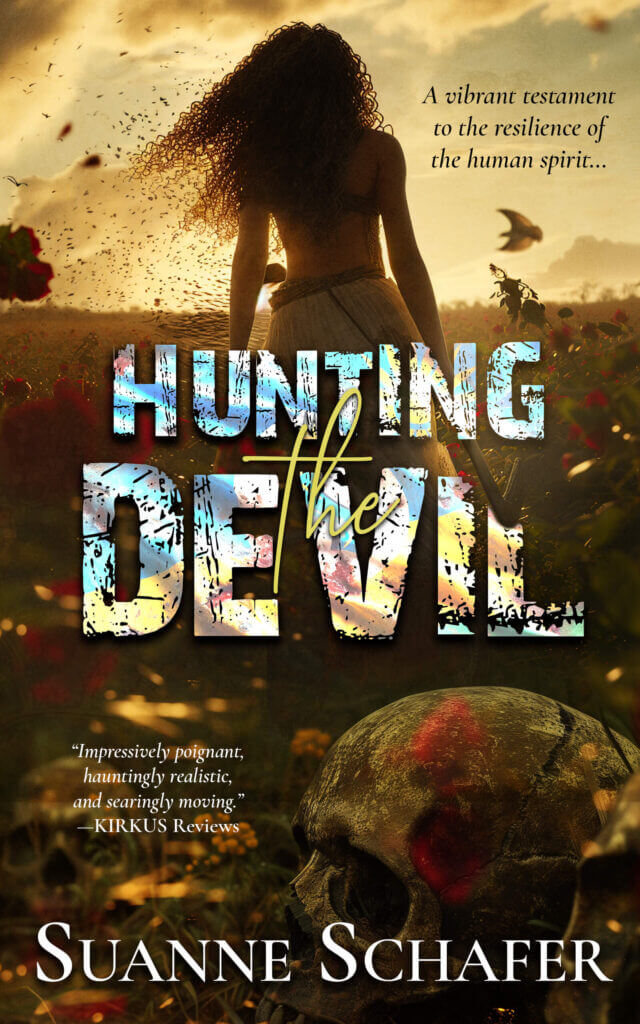Julia Phillips’s debut novel, Disappearing Earth, is structured somewhat akin to Jennifer Egan’s A Visit from the Goon Squad. Phillips writes multiple story lines each with its own narrator, and the full account plays out over the course of a year. It opens with disappearance of two young sisters, Alyona and Sophia Golosovskaya, ages eleven and eight, from their hometown of Petropavlovsk in far eastern Russia’s Kamchatka Peninsula, the territory’s only metropolis. The novel follows the ripples and echoes of their disappearance in various people’s lives. The large cast of characters is well-defined in a helpful list of families and their members given at the beginning of the book.
More than anything, the novel looks at females: the sisters who vanished, their single mother, a college student stuck in an abusive relationship, another single mother who lives with her boyfriend in his dump of a house, a twice-widowed woman, the mother of another, older girl who also disappeared. It also looks at the misogyny which seems bred into the society. In addition, Disappearing Earth evokes the life in the isolated area with its harsh weather, beautiful landscape, latent and overt violence, cultural complexities, and the movement of reindeer herders into the twentieth century. The disappearance of the three girls ties the various stories together in a quiet thriller. The prose is tight and delightful, though the ending seems a bit of a coincidental stretch.
********************
Disappearing Earth (Knopf, May 14, 2019) is available through:
********************
This post may contain Amazon Affiliate links. As an Amazon Associate, I may earn a small amount from qualifying purchases at no cost to you.
